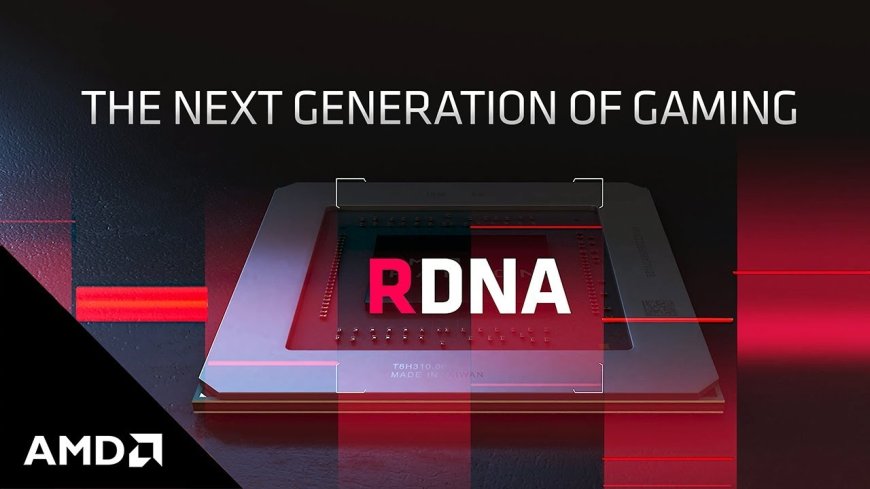AMD's RDNA Architecture Evolution
In 2019, AMD introduced a groundbreaking GPU architecture, marking its most significant update in seven years. This move initiated a new era in graphics technology, with two major revisions since its debut, emphasizing the role of chiplets and cache in rendering processes. This analysis aims to appraise AMD's achievements with this architecture and examine the impact of each subsequent update.

The Shift from GCN to RDNA
Why AMD Needed a Change in Architecture
AMD's GPUs, including those used in gaming and high-performance sectors like supercomputers and machine learning, all originated from the Graphics Core Next (GCN) architecture. First appearing in 2012, GCN was a substantial departure from its predecessor, TeraScale, designed for scalability and versatility in both graphics and general-purpose computing. However, despite its decade-long reign, GCN faced limitations, especially in gaming applications, leading to the need for a more efficient architecture.
Also check PMC Prodigy 5: A Comprehensive Review
The Structure and Limitations of GCN
GCN's foundation was a block of 4 Compute Units (CUs), each housing 4 SIMD vector units and a Scalar unit. These units shared several memory resources, including a Local Data Share (LDS) and L1 data cache, linked to a GPU-wide L2 cache. While GCN saw improvements in cache operations over its lifetime, it struggled with optimal performance in gaming due to challenges in processing throughput and bandwidth utilization. The architecture's design, including the dispatch of threads and the use of Asynchronous Compute Engines (ACE), was more suited to compute applications than gaming.
The Introduction and Evolution of RDNA
RDNA's Debut and Its Impact on Gaming
With the introduction of RDNA, AMD aimed to address the shortcomings of GCN in gaming performance. RDNA was engineered to enhance processing efficiency and bandwidth utilization, crucial factors in gaming applications. This section will explore the technology behind RDNA, its performance in games, and its financial implications for AMD.
Comparing RDNA to AMD's Previous Architectures
Evaluating RDNA involves understanding how it differs from its predecessors and its effectiveness in delivering better gaming experiences. The analysis will include a comparison of RDNA with both GCN and other architectures, highlighting its advancements and areas of improvement.
RDNA: Success or Misstep?
The Successes and Challenges of RDNA
This part of the analysis will delve into whether RDNA has achieved a level of success comparable to AMD's Zen architecture or if it represents a misstep akin to the Bulldozer moment. The evaluation will consider the performance improvements, market reception, and financial outcomes for AMD since the launch of RDNA.
Future Prospects and AMD's Direction
The discussion will also touch on the future trajectory of RDNA, considering upcoming releases and AMD's strategic focus. Insights into how RDNA might evolve and its potential impact on the GPU market will be provided.
Conclusion: RDNA's Place in AMD's Legacy
RDNA's Contribution to AMD's Growth
In conclusion, this analysis will synthesize the findings to determine RDNA's overall contribution to AMD's growth and its place in the company's legacy. The assessment will consider whether RDNA has set a new standard in GPU architecture or if it falls short of AMD's aspirations.
Looking Ahead: AMD's Path in GPU Innovation
Finally, the discussion will speculate on AMD's future in GPU innovation, considering the lessons learned from RDNA and the potential directions the company might take in its pursuit of graphics technology excellence.


































